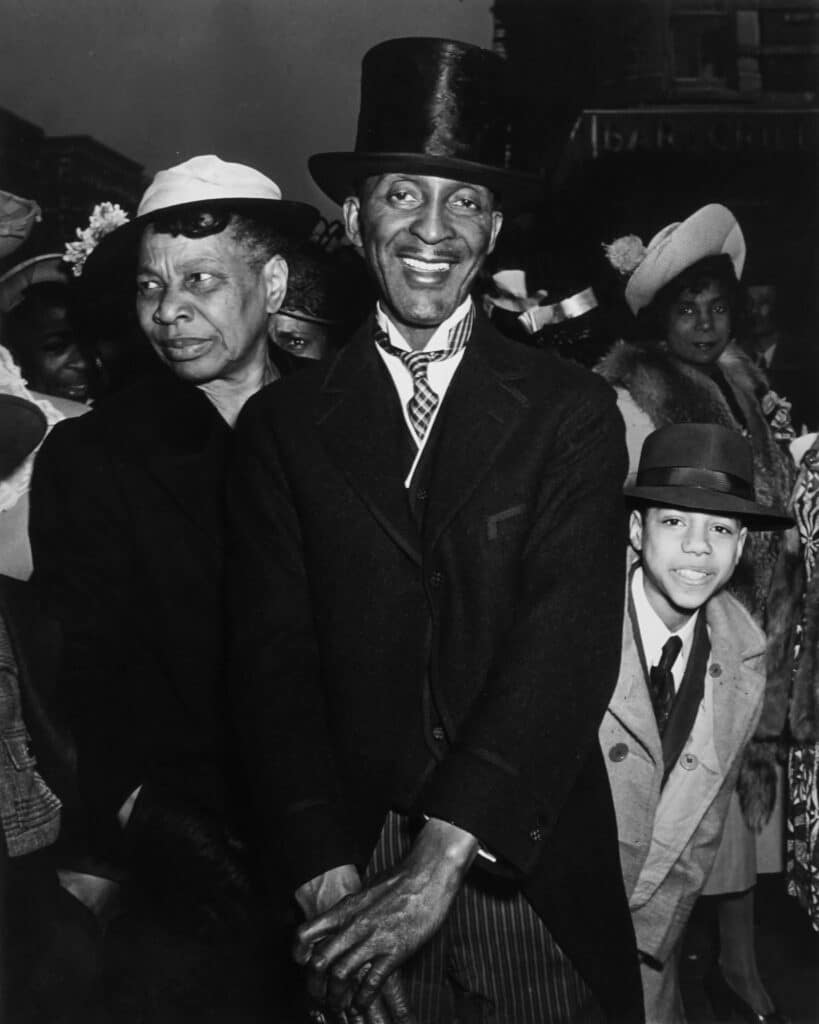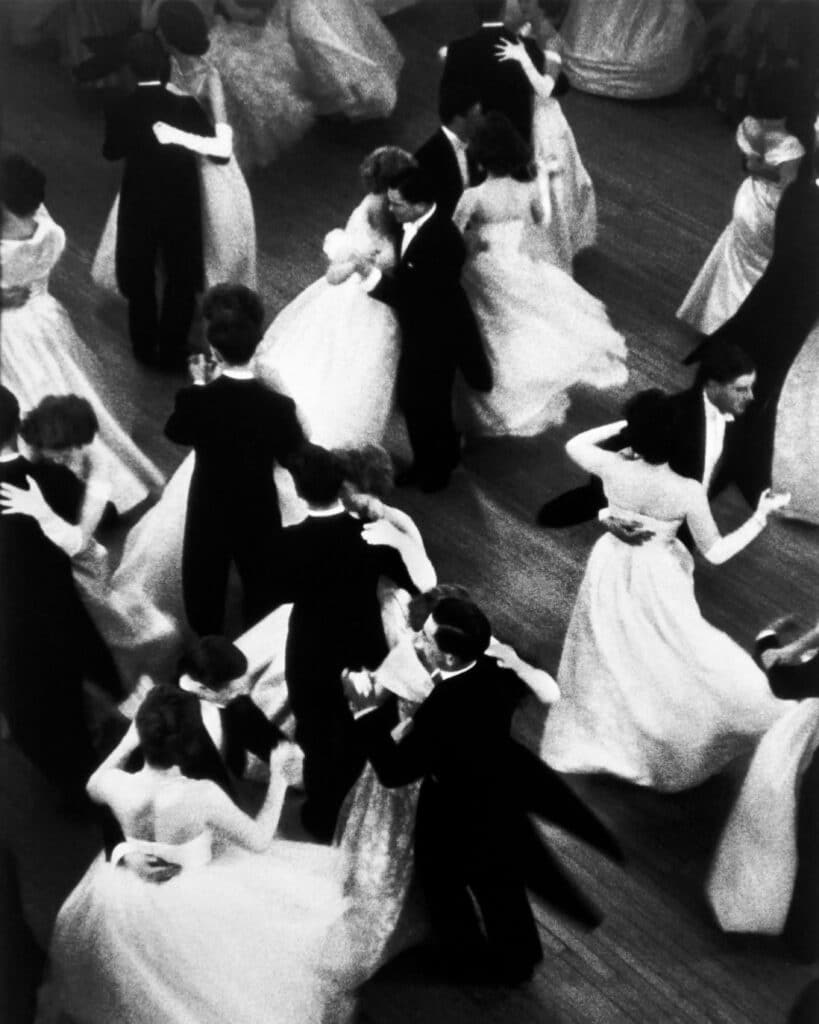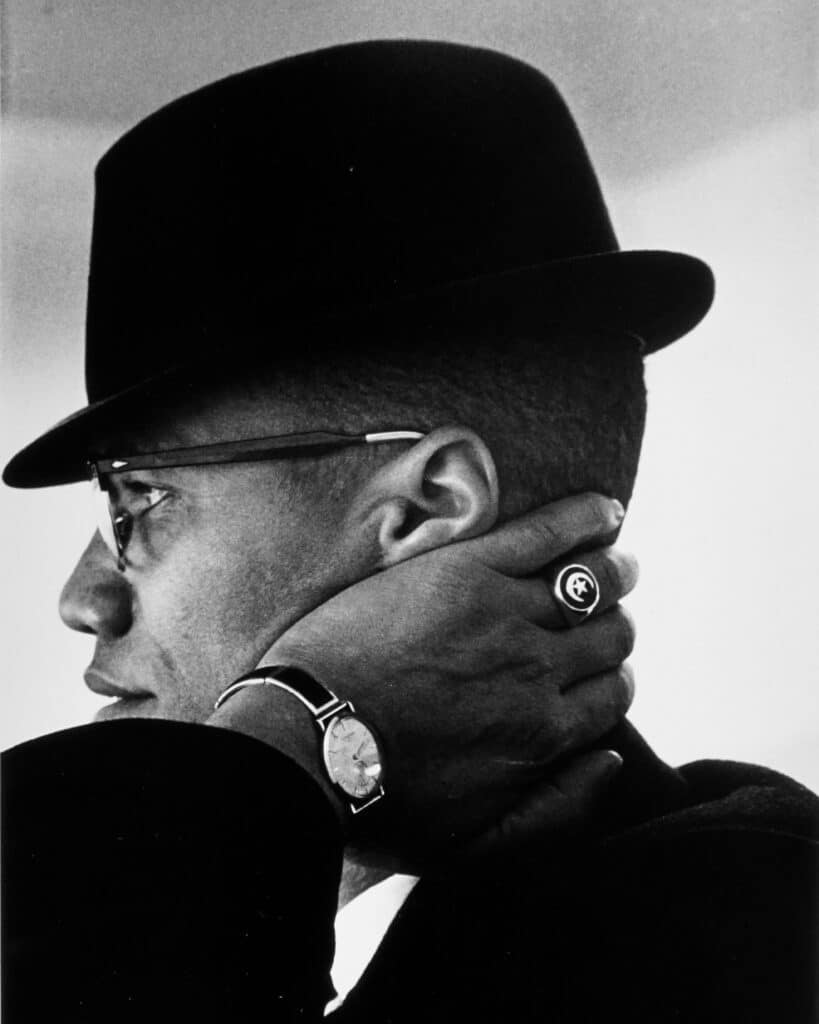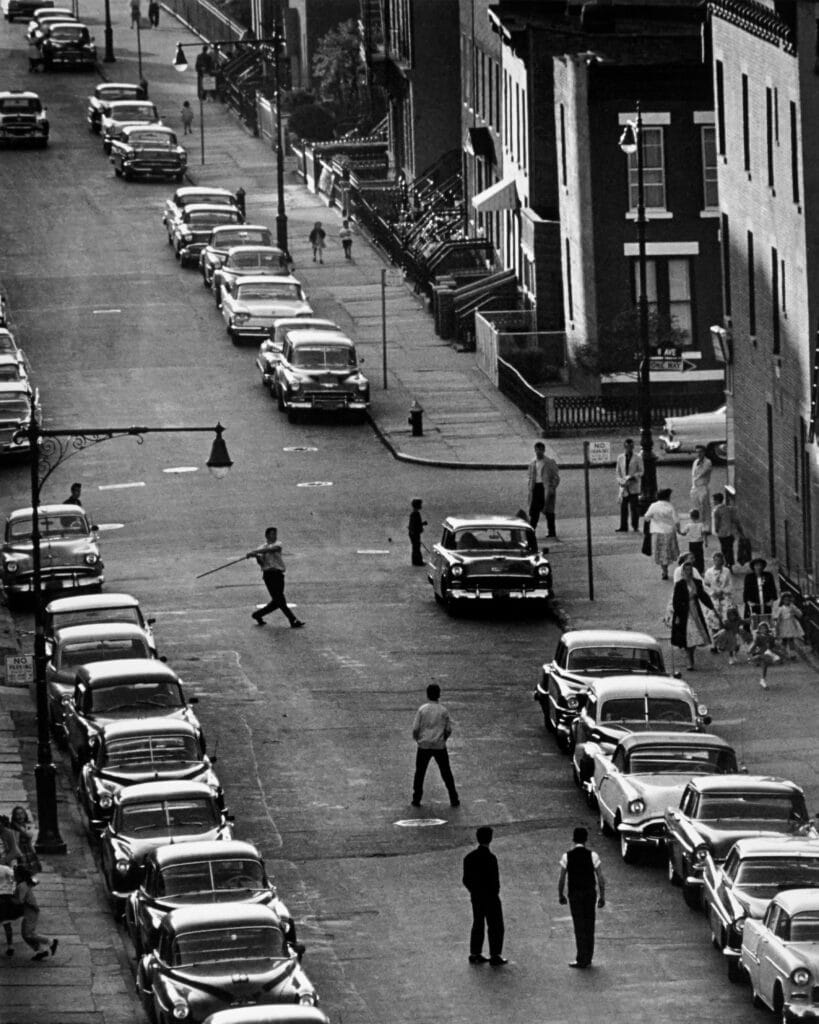When the world locked down, and people were confined to their homes, gallerist Peter Fetterman decided to start sharing an image each day in a newsletter. Having started as a collector in 1979, Fetterman has accumulated a personal collection of over 7,000 photographs, and along with each, a story: about the photographer, about where he found it, or about its place in the photographic canon.
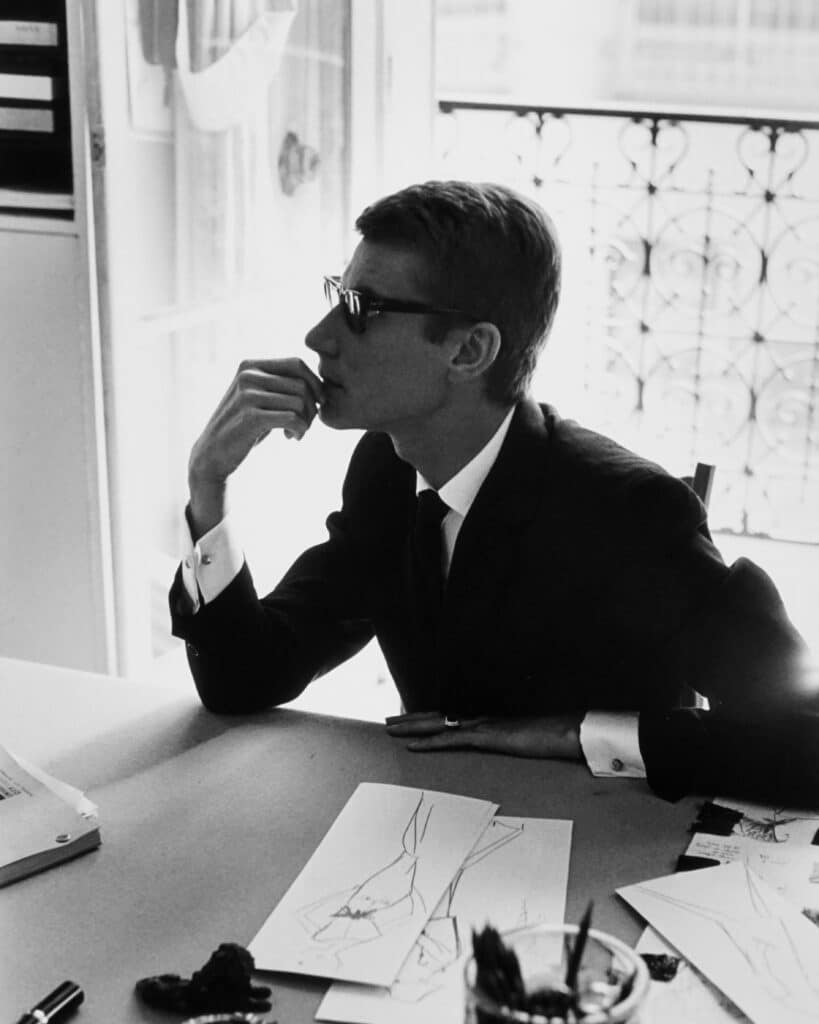
Fueled by the positive reception, and a yearning to create something during a period of stasis, Fetterman turned the digital series into a book. In The Power of Photography, Fetterman compiled 120 photographs from masters and newcomers alike, showcasing the breadth of the medium. Each image is presented with a short paragraph by Fetterman recounting a personal anecdote, a historical analysis of the photograph, or simply what struck him about that picture in particular.
No two images are alike. There’s a landscape by Jeffrey Conley (“I look at this image and am in awe of how large nature is and how small we are in comparison and importance,” writes Fetterman), a portrait of the designer Yves Saint-Laurent by Marc Riboud (“I consider this such a positive image of a new beginning, re-invention and hope for the future”), and a picture of the Chrysler Building by Charles Harbutt (“This image is a spectacular reflection of urban life in the same vein as a great Edward Hopper painting”). The subject matter, and even format, from black and white to sepia tones to full color, are wide-ranging.

Though each photograph has its own strength, there are a few standouts within an already standout group. Alice Mann’s Dr Van Der Ross drummies is one such image. Mann, a young photographer from South Africa, photographed a group of young drum majorettes (dubbed “drummies”) dancing and smiling on a basketball court. At first glance, the image seems captivating because of the blend of colors—bright pinks, purples, and white go-go boots adorning each of the girls—but it is the exuberance Mann captures that makes the image truly dazzling. And yet, considering Mann’s subject matter and age, it would seem unlikely that her work would be printed alongside black-and-white images by Henri Cartier Bresson or André Kertesz. But it’s precisely this point that Fetterman wanted to make; that the greatest powers of photography are not limited to one style, format, or era.
Eve Arnold’s portrait of Malcolm X in 1961 is another gripping image. What seems to be a simple black-and-white portrait, shot in profile, is an expert study on shadow and light. Gently resting a hand on the back of his neck, Malcolm X’s ring, bearing the Islamic insignia of a crescent moon and star, becomes the focal point of the image. As Fetterman notes: “This is one of the images that have helped define his legacy.”
The strength of the book, and of the images within, comes from Fetterman’s particular eye for new and old talent alike. “A large part of my work at the gallery is to find the ones that really stand out as having something special, something unique, to discover new photographers with original voices and then make our audience aware of them,” he writes. “There is a new generation of talented artists continuing the legacy of the power of photography to enrich lives across the planet.”
The Power of Photography by Peter Fetterman, published by ACC Art Books, $45.



